2008 Chevrolet Trailblazer Brake Rotors and Pads
Click here to search another vehicle
All Rotors:
OEM x
Coated x
Drilled, Slotted and Coated x
Front x
Rear x
All Pads:
Ceramic x
Semi-metallic x
Front x
Rear x
Found 16 record

Part No: BR55079
Raybestos: 580023
OE: 18060665
Raybestos: 580023
OE: 18060665
$52.56 each
Per Car QTY: 2
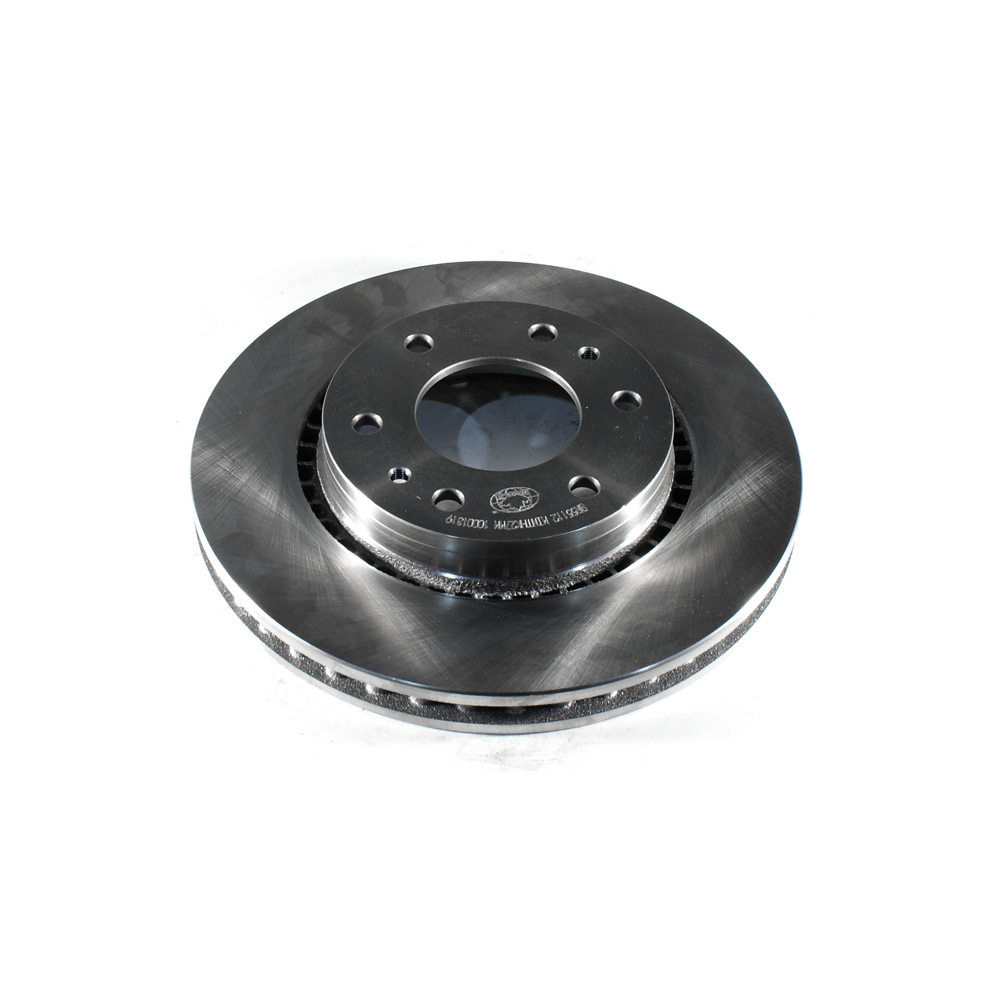
Part No: BR55112
Raybestos: 580359
OE: 19157307
Raybestos: 580359
OE: 19157307
$51.46 each
Per Car QTY: 2
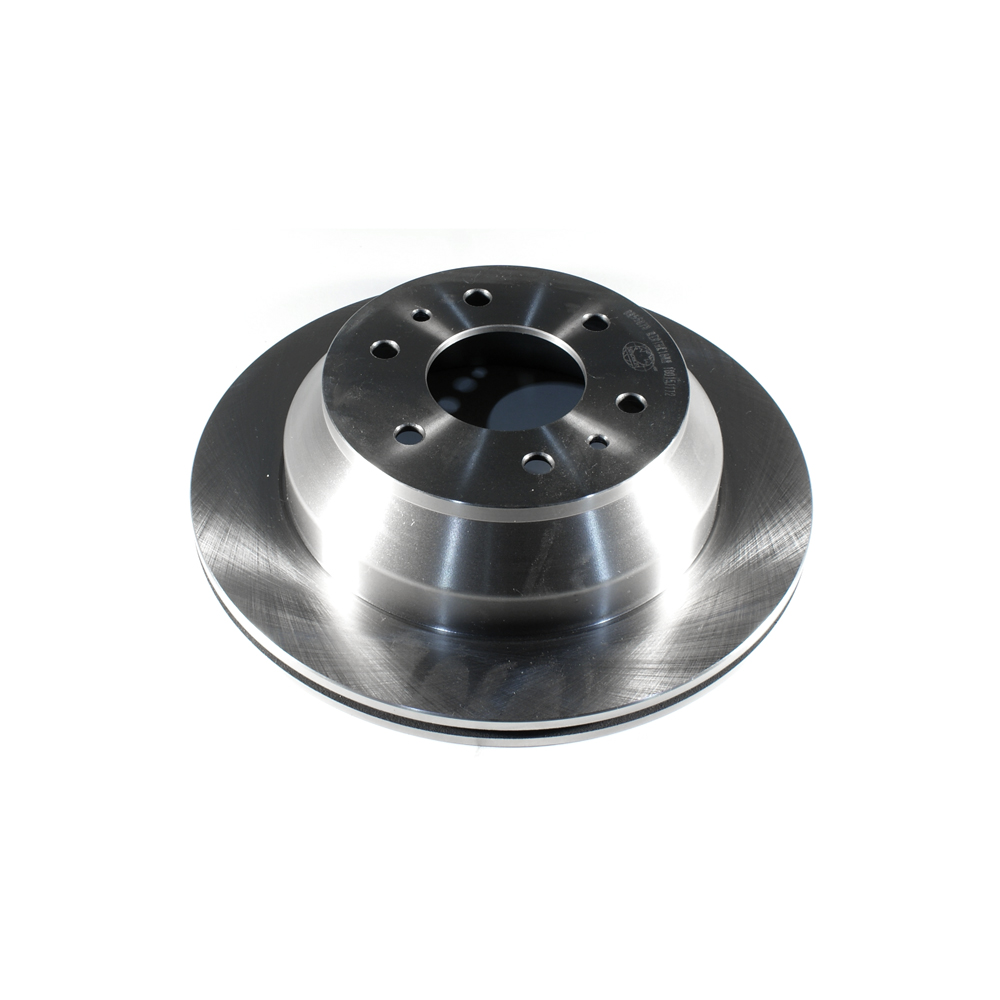
Part No: BR55073
Raybestos: 580029
OE: 15158975
Raybestos: 580029
OE: 15158975
$39.64 each
Per Car QTY: 2

Part No: PP55079
Raybestos: 580023
OE: 18060665
Raybestos: 580023
OE: 18060665
$70.63 each
Per Car QTY: 2

Part No: PP55112
Raybestos: 580359
OE: 19157307
Raybestos: 580359
OE: 19157307
$71.37 each
Per Car QTY: 2

Part No: PP55073
Raybestos: 580029
OE: 15158975
Raybestos: 580029
OE: 15158975
$53.55 each
Per Car QTY: 2
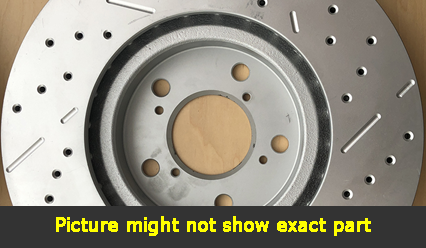
Part No: SP55079L
Raybestos: 580023
OE: 18060665
Raybestos: 580023
OE: 18060665
$107.08 each
Per Car QTY: 1

Part No: SP55079R
Raybestos: 580023
OE: 18060665
Raybestos: 580023
OE: 18060665
$107.08 each
Per Car QTY: 1
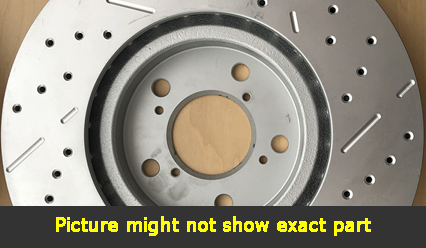
Part No: SP55112L
Raybestos: 580359
OE: 19157307
Raybestos: 580359
OE: 19157307
$107.82 each
Per Car QTY: 1

Part No: SP55112R
Raybestos: 580359
OE: 19157307
Raybestos: 580359
OE: 19157307
$107.82 each
Per Car QTY: 1
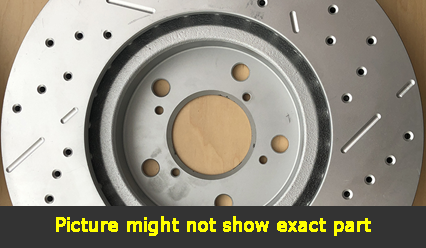
Part No: SP55073L
Raybestos: 580029
OE: 15158975
Raybestos: 580029
OE: 15158975
$85.95 each
Per Car QTY: 1
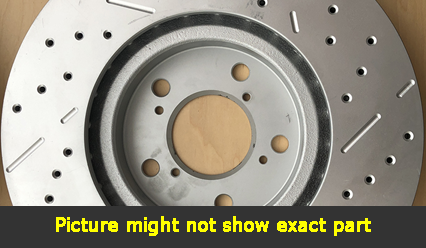
Part No: SP55073R
Raybestos: 580029
OE: 15158975
Raybestos: 580029
OE: 15158975
$85.95 each
Per Car QTY: 1
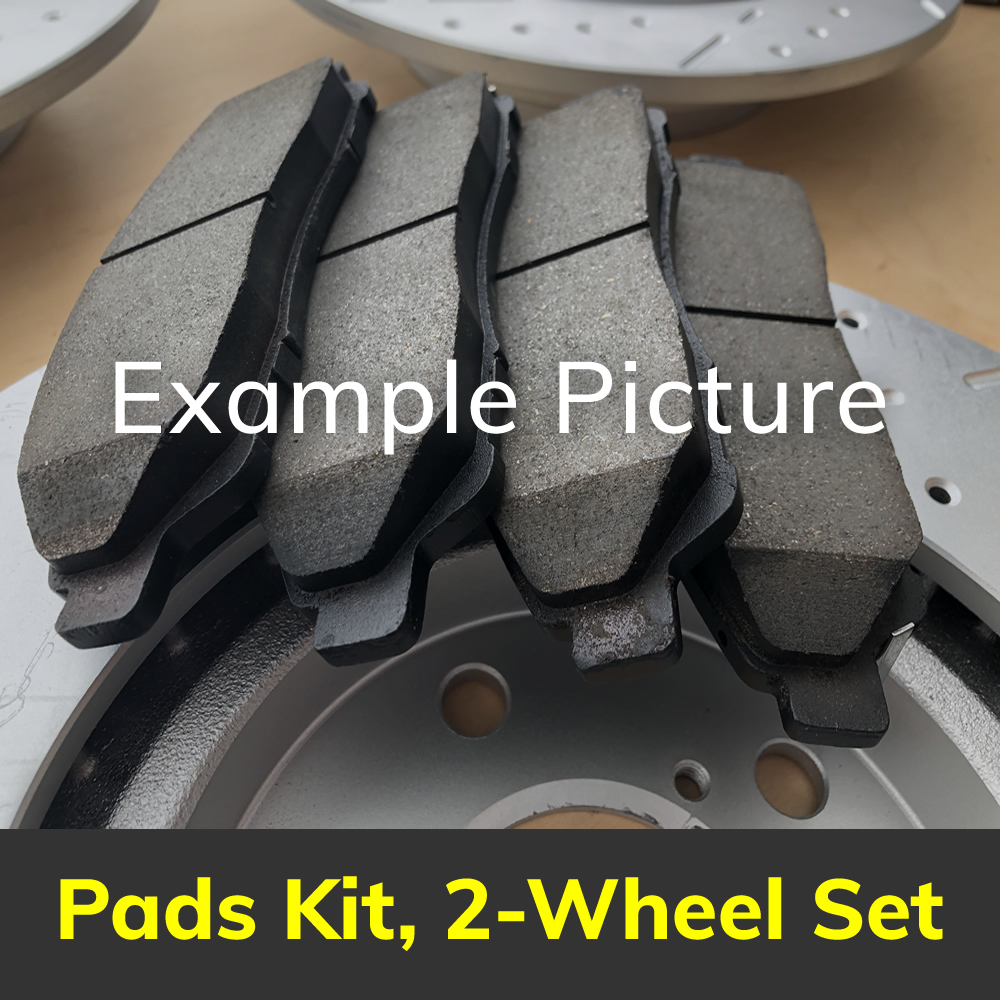
Part No: PD1169C
Raybestos: 1169
OE:
Raybestos: 1169
OE:
$39.98 each
Per Car QTY: 1
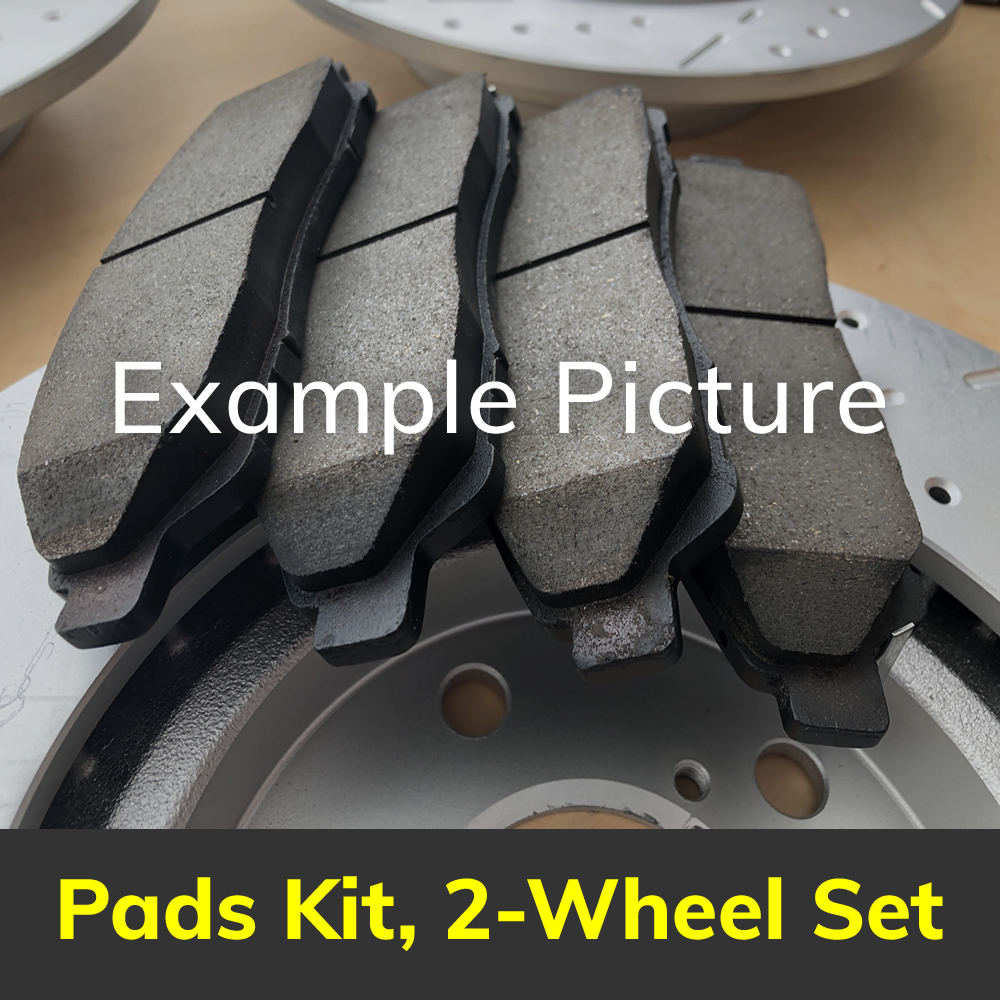
Part No: PD883C
Raybestos: 883
OE:
Raybestos: 883
OE:
$38.72 each
Per Car QTY: 1
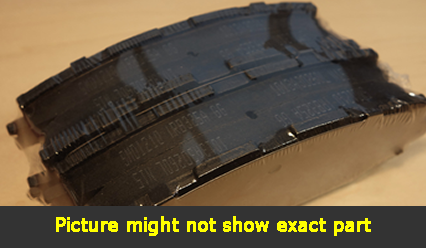
Part No: SMD1169
Raybestos:
OE:
Raybestos:
OE:
$28.01 each
Per Car QTY: 1
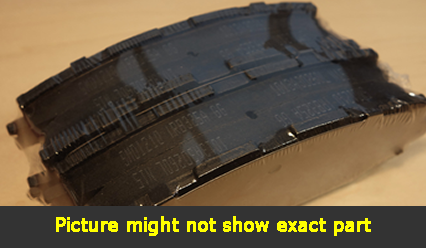
Part No: SMD883
Raybestos:
OE:
Raybestos:
OE:
$22.09 each
Per Car QTY: 1
How to Choose the Right Brakes for Your 2008 Chevrolet Trailblazer
The braking system is a critical component of any vehicle, including the 2008 Chevrolet Trailblazer. Choosing the right brakes for your Trailblazer is essential to ensure optimal performance, safety, and longevity. With a wide range of options available in the market, it can be overwhelming to make the right decision. In this article, we will guide you through the process of choosing the right brakes for your 2008 Chevrolet Trailblazer.
1. Understand Your Driving Style: The first step in choosing the right brakes is to assess your driving style. Do you drive aggressively or prefer a more relaxed driving experience? Understanding your driving habits will help determine the level of performance and durability you require from your brakes.
2. Brake Pad Material: The brake pads are the primary contact point between the brake rotor and caliper. Different brake pad materials offer various levels of performance, longevity, and noise levels. The most common brake pad materials include:
- Semi-Metallic: These brake pads offer excellent stopping power and durability. They are suitable for heavy-duty use and high-performance driving. However, they tend to produce more brake dust and can be noisier than other materials.
- Ceramic: Ceramic brake pads provide quieter operation, low dust production, and extended lifespan. They are ideal for daily commuting and gentle driving conditions. However, they might not withstand the demands of aggressive driving or towing heavy loads.
- Organic: Organic brake pads are composed of non-metallic materials such as rubber, glass, and resins. They provide quieter operation and a gentler brake feel. However, they have a shorter lifespan and are less suitable for high-performance driving or towing.
Consider your priorities, driving conditions, and budget when choosing the brake pad material that best suits your needs.
3. Rotor Type: Brake rotors play a crucial role in the braking system, dissipating heat and providing a smooth surface for the brake pads to grip. Two main rotor types are commonly available:
- Solid: Solid rotors are the standard option for most vehicles, including the Trailblazer. They are cost-effective and provide adequate performance for everyday driving. However, they may be prone to warping under heavy use.
- Slotted and Drilled: Slotted and drilled rotors are designed to improve heat dissipation and performance. They offer better brake cooling, reduce the risk of brake fade, and provide increased braking force. However, they are usually more expensive and may generate more brake noise.
Consider your driving style and budget to determine the rotor type that suits your needs best.
4. Brand Reputation and Quality: Opting for reputable brake brands ensures quality, reliability, and compatibility with your Trailblazer. Research customer reviews, consult automotive forums, and seek recommendations from trusted sources. Established brands like Brembo, ACDelco, Wagner, and Raybestos are recognized for their brake system components.
5. Consult a Professional: If you are uncertain about the brake options available or feel overwhelmed by the technical aspects, it is advisable to consult a professional mechanic or automotive specialist. They can provide valuable insights and help you make an informed decision based on your specific requirements and vehicle configuration.
In conclusion, selecting the right brakes for your 2008 Chevrolet Trailblazer involves assessing your driving style, considering brake pad materials, rotor types, brand reputation, and seeking professional advice when needed. By following these steps, you can ensure optimal braking performance, safety, and longevity for your Trailblazer. Remember, maintaining a well-functioning brake system is essential for a safe and confident driving experience.
The braking system is a critical component of any vehicle, including the 2008 Chevrolet Trailblazer. Choosing the right brakes for your Trailblazer is essential to ensure optimal performance, safety, and longevity. With a wide range of options available in the market, it can be overwhelming to make the right decision. In this article, we will guide you through the process of choosing the right brakes for your 2008 Chevrolet Trailblazer.
1. Understand Your Driving Style: The first step in choosing the right brakes is to assess your driving style. Do you drive aggressively or prefer a more relaxed driving experience? Understanding your driving habits will help determine the level of performance and durability you require from your brakes.
2. Brake Pad Material: The brake pads are the primary contact point between the brake rotor and caliper. Different brake pad materials offer various levels of performance, longevity, and noise levels. The most common brake pad materials include:
- Semi-Metallic: These brake pads offer excellent stopping power and durability. They are suitable for heavy-duty use and high-performance driving. However, they tend to produce more brake dust and can be noisier than other materials.
- Ceramic: Ceramic brake pads provide quieter operation, low dust production, and extended lifespan. They are ideal for daily commuting and gentle driving conditions. However, they might not withstand the demands of aggressive driving or towing heavy loads.
- Organic: Organic brake pads are composed of non-metallic materials such as rubber, glass, and resins. They provide quieter operation and a gentler brake feel. However, they have a shorter lifespan and are less suitable for high-performance driving or towing.
Consider your priorities, driving conditions, and budget when choosing the brake pad material that best suits your needs.
3. Rotor Type: Brake rotors play a crucial role in the braking system, dissipating heat and providing a smooth surface for the brake pads to grip. Two main rotor types are commonly available:
- Solid: Solid rotors are the standard option for most vehicles, including the Trailblazer. They are cost-effective and provide adequate performance for everyday driving. However, they may be prone to warping under heavy use.
- Slotted and Drilled: Slotted and drilled rotors are designed to improve heat dissipation and performance. They offer better brake cooling, reduce the risk of brake fade, and provide increased braking force. However, they are usually more expensive and may generate more brake noise.
Consider your driving style and budget to determine the rotor type that suits your needs best.
4. Brand Reputation and Quality: Opting for reputable brake brands ensures quality, reliability, and compatibility with your Trailblazer. Research customer reviews, consult automotive forums, and seek recommendations from trusted sources. Established brands like Brembo, ACDelco, Wagner, and Raybestos are recognized for their brake system components.
5. Consult a Professional: If you are uncertain about the brake options available or feel overwhelmed by the technical aspects, it is advisable to consult a professional mechanic or automotive specialist. They can provide valuable insights and help you make an informed decision based on your specific requirements and vehicle configuration.
In conclusion, selecting the right brakes for your 2008 Chevrolet Trailblazer involves assessing your driving style, considering brake pad materials, rotor types, brand reputation, and seeking professional advice when needed. By following these steps, you can ensure optimal braking performance, safety, and longevity for your Trailblazer. Remember, maintaining a well-functioning brake system is essential for a safe and confident driving experience.


